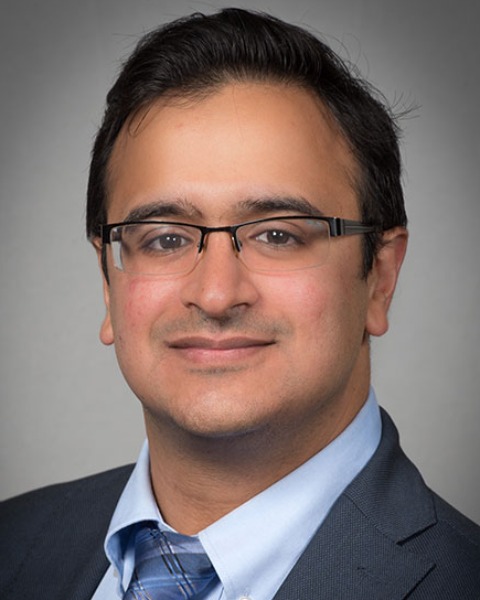Brief Oral Papers
Catatonia
Trapped in Silence: A Case of Terminal Malignant Catatonia Awaiting Life-Saving Electroconvulsive Therapy

Claudia Rugama, MD
Psychiatry Resident
Zucker Hillside Hospital
Glen Oaks, New York
James Kingpeter, MD (he/him/his)
Psychiatry Resident
Zucker Hillside Hospital
Rego Park, New York.jpg)
Jisha Lovin Kuriakose, MD
Attending Psychiatrist, Consultation Liaison Psychiatry
Long Island Jewish Medical Center- Northwell Health
New Hyde Park, New York
Shamik Mukherji, MD
Consultation-Liaison Psychiatrist, Psycho-Oncologist
Long Island Jewish Medical Center / Northwell Health
Glen Oaks, New York- GP
Georgios Petrides, MD
Director Division of ECT, Zucker Hillside Hospital,
Northwell Health System
New York, New York - SS
Sohag Sanghani, MD, FAAGP, MPH
Director, ECT Service. Asst Professor
Zucker School of Medicine at Hofstra/Northwell
Glen Oaks, New York
Presenting Author(s)
Co-Author(s)
Co-Author(s)
Initial Bush-Francis Catatonia Rating Scale (BFRS) score was 19 and included signs of bilateral arm rigidity, gegenhalten, negativism, mutism, stupor, verbigeration and withdrawal. ECT was initially delayed due to aspiration pneumonia causing sepsis and respiratory failure. ECT was eventually pursued despite sepsis because of concerns that the cycle of reinfection would continue if the underlying catatonia was not resolved. After 9 acute phase ECT sessions, catatonia fully resolved and his mental status returned to baseline. He continued to have contractures in his arms and legs due to his immobile state for nearly 4 months, necessitating discharge to a subacute rehabilitation facility.
Background: Malignant catatonia (MC) is rare and likely underdiagnosed, yet confers a high mortality and morbidity rate if not treated immediately due to downstream medical sequelae including infection, thrombosis, metabolic derangement and deconditioning (Connell et al. 2022). Although electroconvulsive therapy (ECT) is the treatment of choice, there is little research about its use in medically fragile patients with MC. We present a case highlighting the barriers to MC treatment in a medically unstable patient.
Case: The patient is a 67 year old male with a past psychiatric history of schizoaffective disorder who presented after being found unresponsive. His home medications included clozapine, lithium, bupropion, and amantadine. Findings were significant for fevers as high as 103.8F, creatine kinase of 28,245, and tremulousness. Suspecting neuroleptic malignant syndrome (NMS), he was treated with dantrolene and bromocriptine along with trials of carbidopa/levodopa and benzodiazepines. However, the patient remained stuporous and unresponsive. His course was further complicated by aspiration pneumonia, urinary tract infections, decubitus ulcerations, and deep vein thrombosis. On Day 28, he was diagnosed with benzodiazepine-resistant MC considering his failed treatment response and lack of improvement while off of antipsychotics. ECT was determined necessary and the patient was transferred to a tertiary care medical hospital for ECT.
Discussion: We present a case of treatment-resistant MC resulting in numerous medical complications, poor prognosis and palliative care involvement, with a unique set of obstacles to treatment. Diagnosis was confounded by overlapping symptoms with NMS and sepsis. Though ECT was pursued, treatment became delayed by accruing medical complications. Upon ECT initiation, his mental status and overall functionality quickly improved which reduced his risk for further medical comorbidities.
Conclusion: Our case identifies challenges to diagnosis and treatment of MC. One study showed the average delay between symptom onset and first treatment was 15 days and the average lag between first treatment and ECT initiation was 27 days (Tuerlings et al. 2010). Potential solutions include consideration of MC in patients with presumed NMS, early identification of benzodiazepine resistance, risk/benefit analysis of ECT prior to accrual of complicating medical sequelae, and incorporation of ECT into the general medical hospital setting.

